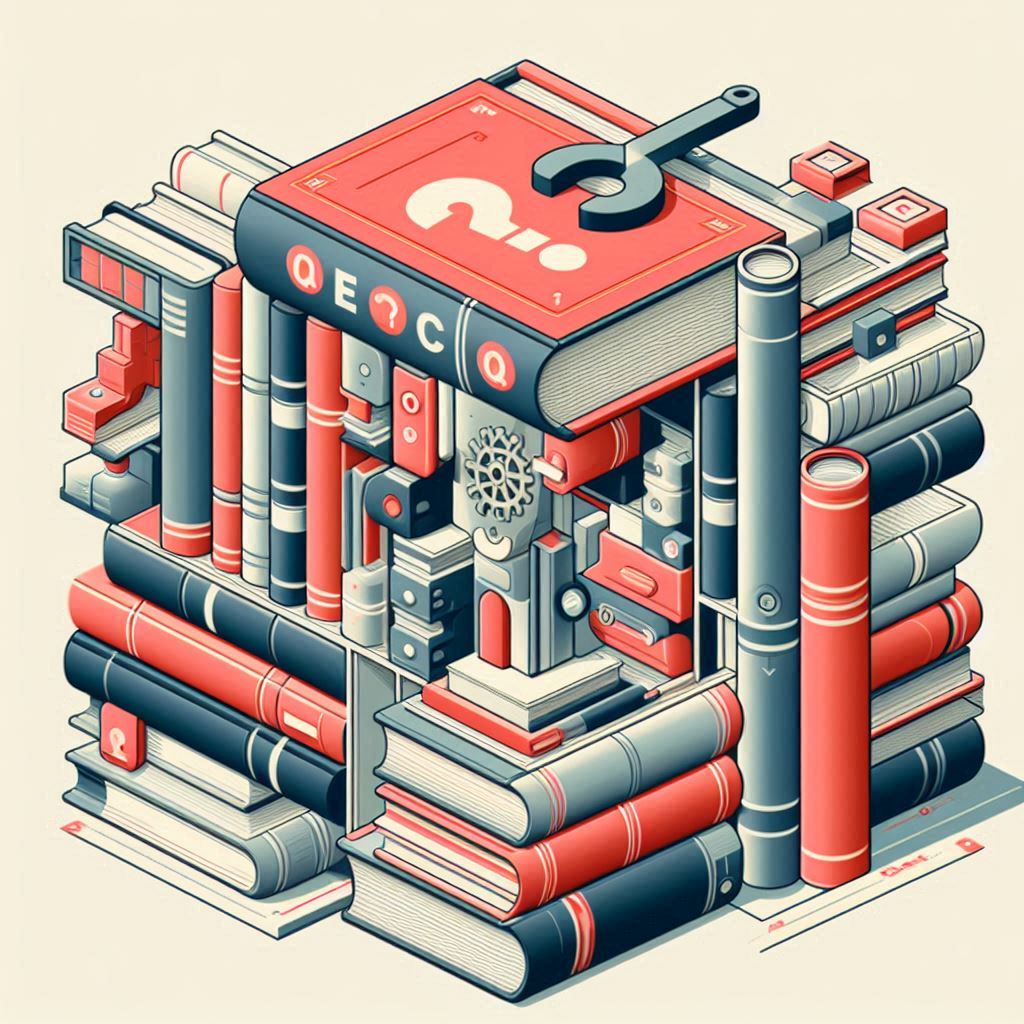Describe the effects of excessive consumption of alcohol: reduced self-control, depressant, effect on reaction times, damage to liver and social implications

O Level Biology
Explain that the cholera bacterium produces a toxin that causes secretion of chloride ions into the small intestine, causing osmotic movement of water into the gut, resulting in diarrhoea, dehydration and loss of ions from the blood
Explain that the cholera bacterium produces a toxin that causes secretion of chloride ions into the small intestine, causing osmotic movement of water into the gut, resulting in diarrhoea, dehydration and loss of ions from the blood
Explain the importance of a clean water supply, hygienic food preparation, good personal hygiene, waste disposal and sewage treatment in controlling the spread of cholera (details of the stages of sewage treatment are not required)
Explain the importance of a clean water supply, hygienic food preparation, good personal hygiene, waste disposal and sewage treatment in controlling the spread of cholera (details of the stages of sewage treatment are not required)
Describe the role of the mosquito as a vector of disease
Describe the role of the mosquito as a vector of disease
Describe that a pathogen may be transmitted: (a) through direct contact, including through blood or other body fluids (b) indirectly, including from contaminated surfaces or food, from animals, or from the air
Describe that a pathogen may be transmitted: (a) through direct contact, including through blood or other body fluids (b) indirectly, including from contaminated surfaces or food, from animals, or from the air
Describe a pathogen as a disease-causing organism
Describe a pathogen as a disease-causing organism
List the components of blood as red blood cells, white blood cells, platelets and plasma
List the components of blood as red blood cells, white blood cells, platelets and plasma
Describe the transfer of substances between blood in capillaries, tissue fluid and body cells
Describe the transfer of substances between blood in capillaries, tissue fluid and body cells
State the functions of the components of blood: (a) red blood cells – oxygen transport (b) white blood cells – antibody production by lymphocytes and engulfing pathogens by phagocytes (c) platelets – clotting by converting soluble fibrinogen to insoluble fibrin to prevent blood loss and the entry of pathogens (d) plasma – transport, limited to: blood cells, ions, glucose, amino acids, hormones, carbon dioxide, urea, vitamins and plasma proteins
State the functions of the components of blood: (a) red blood cells – oxygen transport (b) white blood cells – antibody production by lymphocytes and engulfing pathogens by phagocytes (c) platelets – clotting by converting soluble fibrinogen to insoluble fibrin to prevent blood loss and the entry of pathogens (d) plasma – transport, limited to: … Read more
Explain how the structure of arteries, veins and capillaries is related to the pressure of the blood that they transport
Explain how the structure of arteries, veins and capillaries is related to the pressure of the blood that they transport